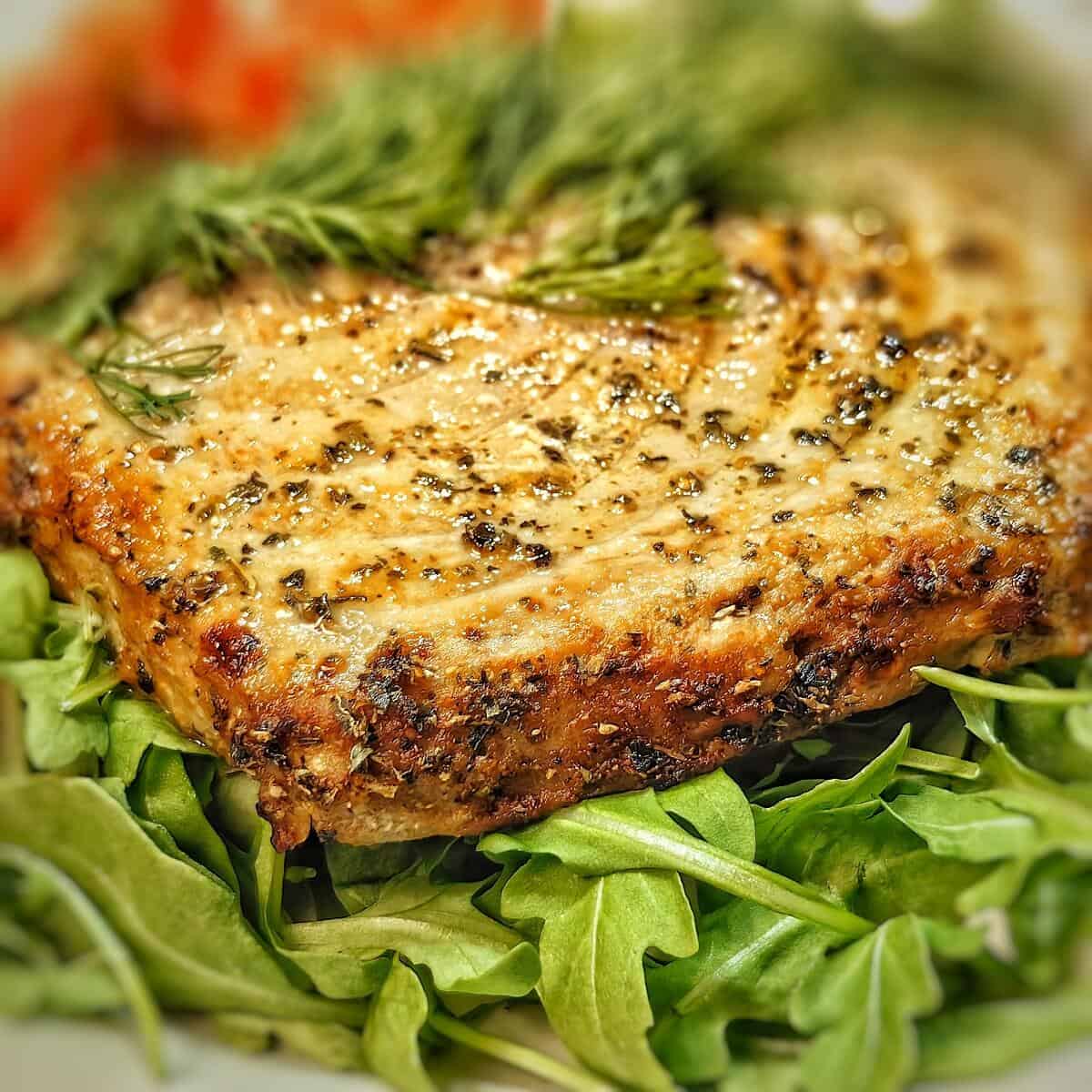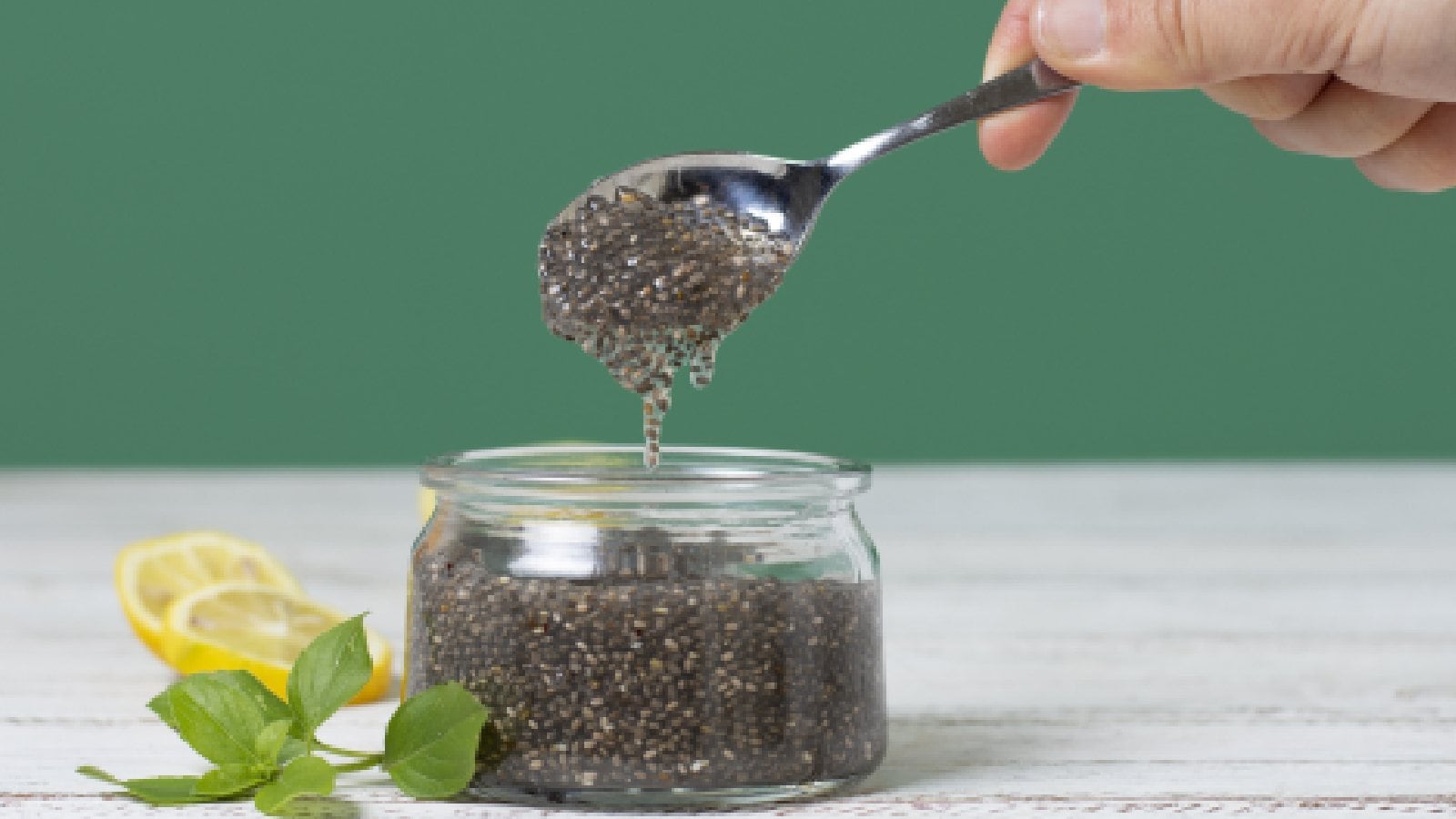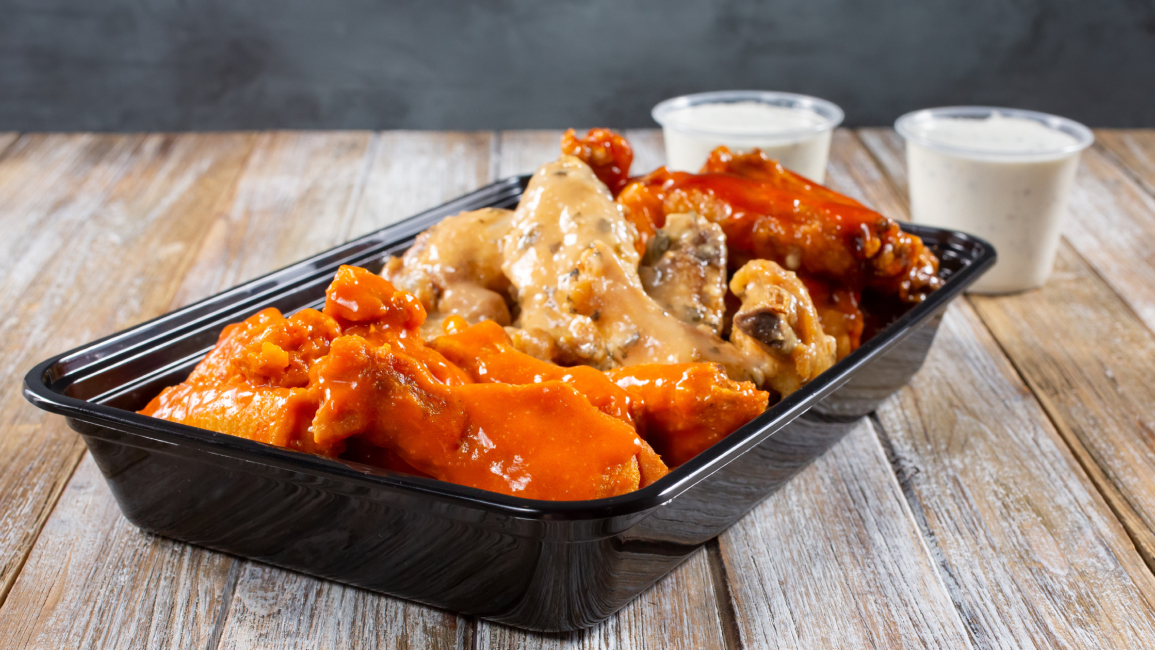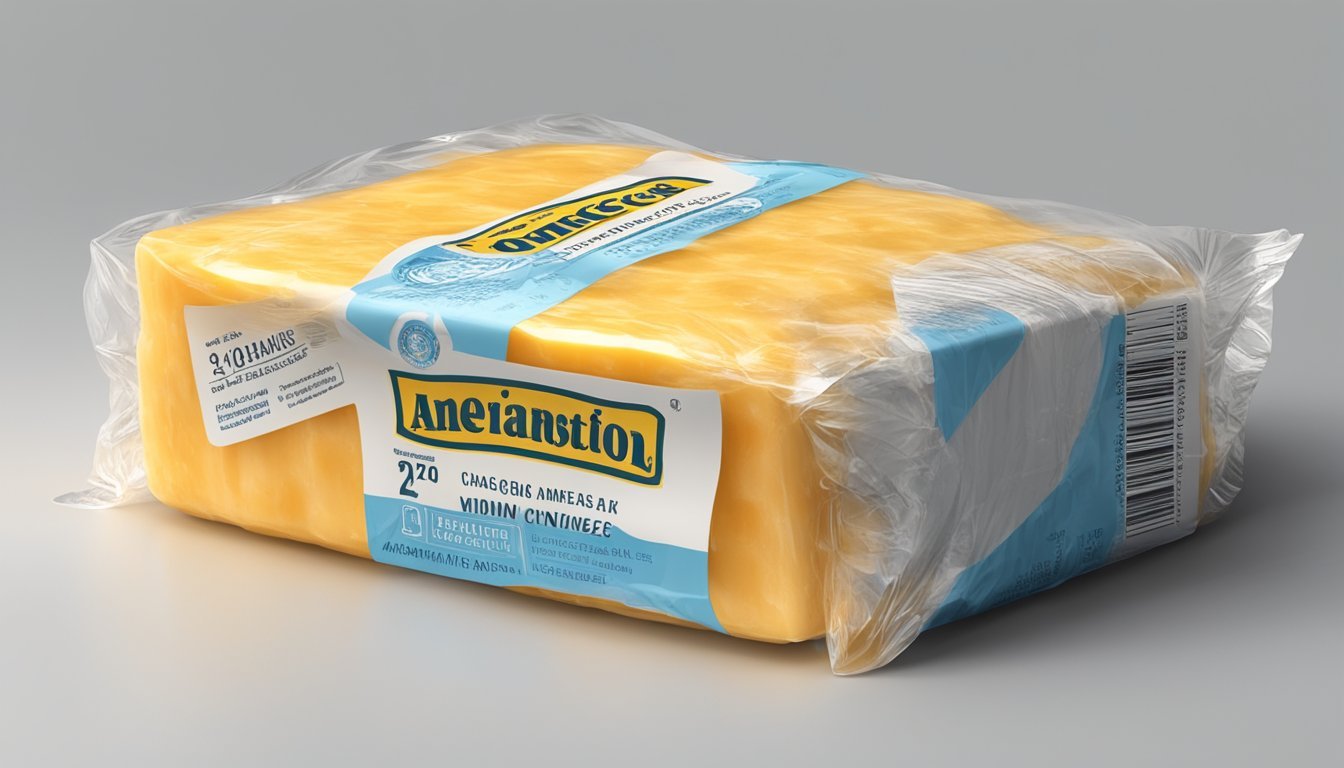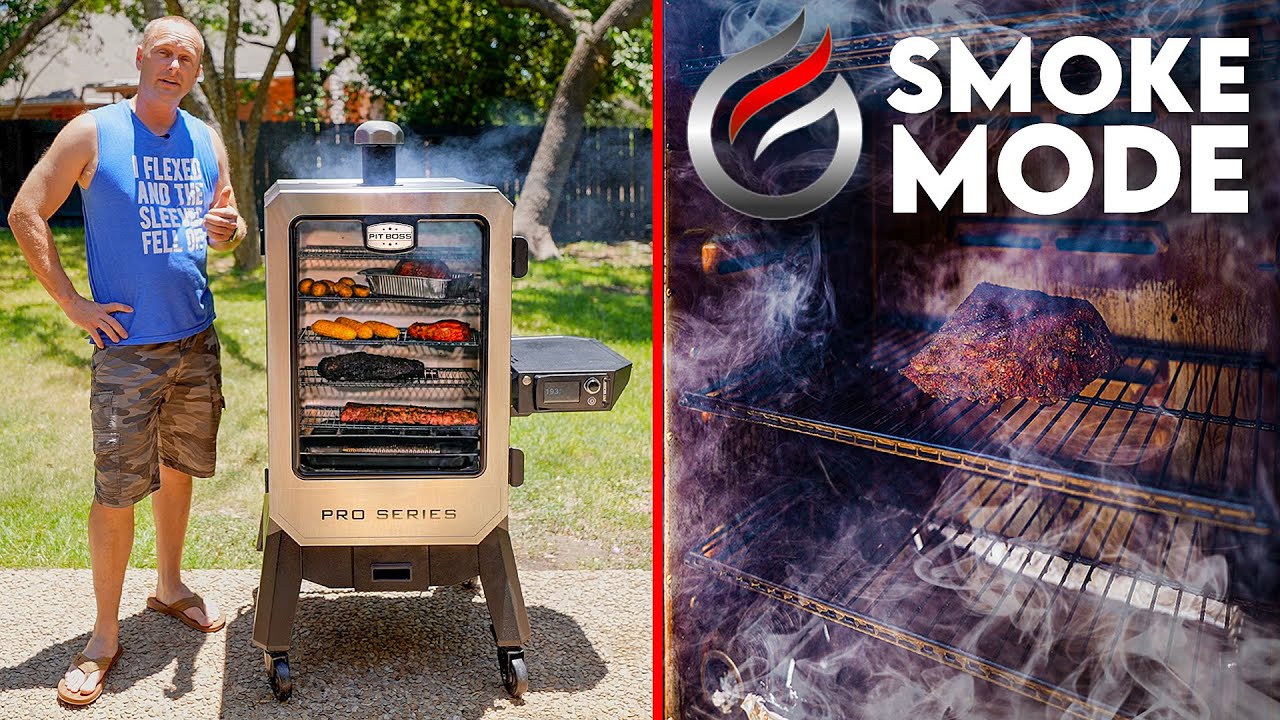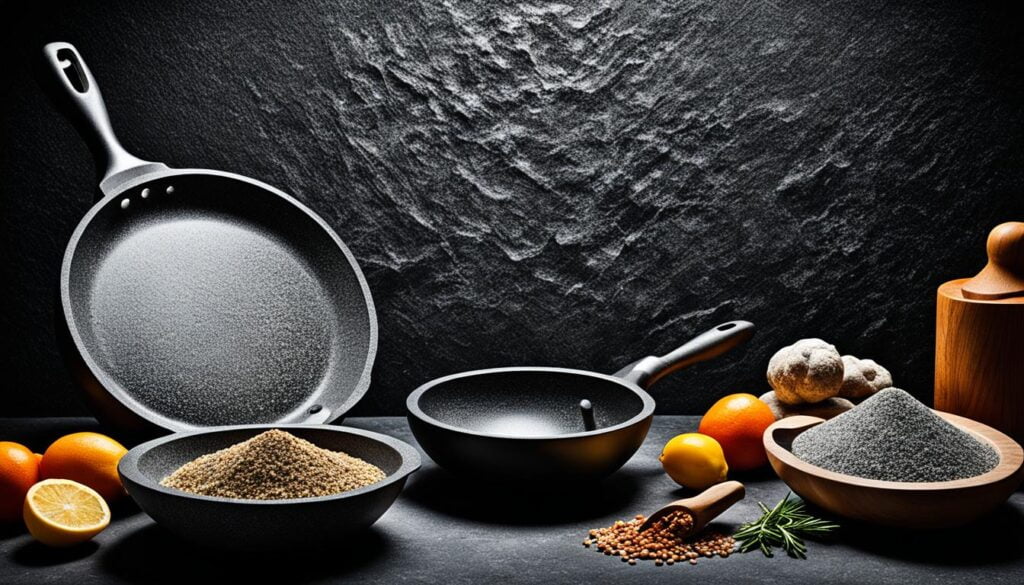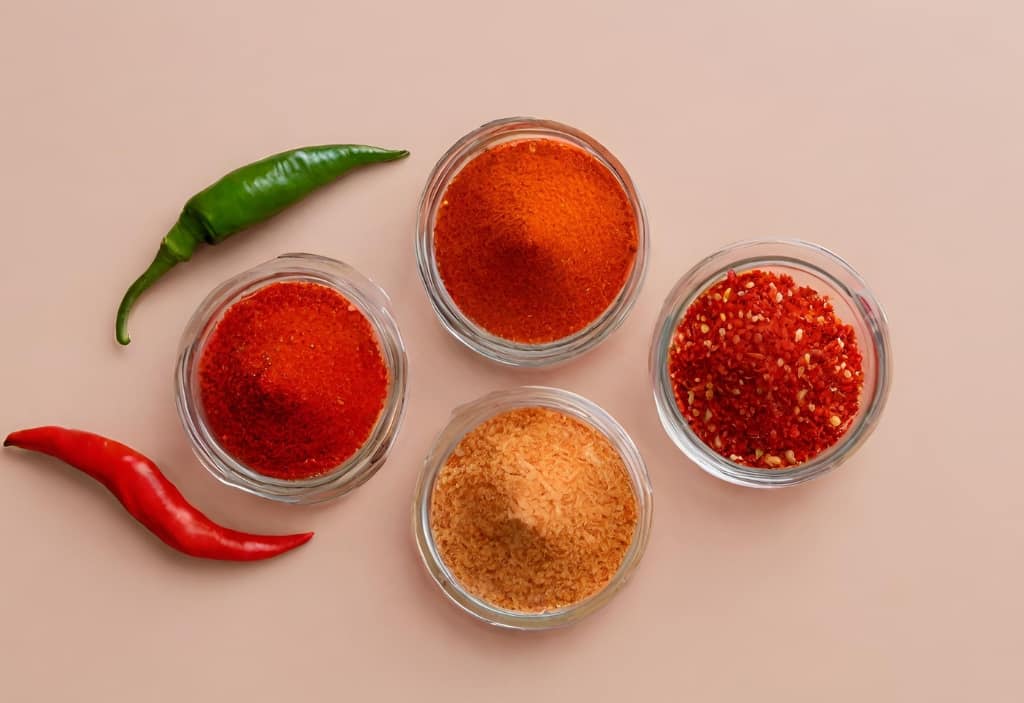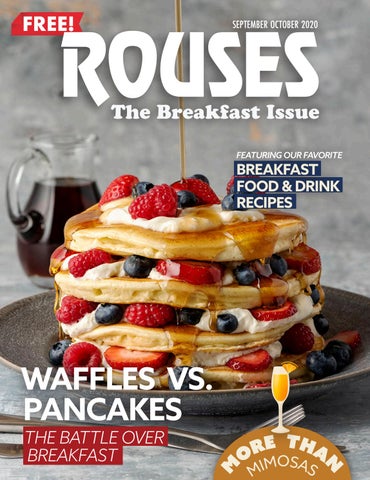– Medium spice level is hotter than mild spice level.
– Mild peppers have a Scoville rating between 100 to 2,500 units.
– Medium peppers have a Scoville rating between 2,500 to 30,000 units.
– Both mild and medium peppers aim to keep the heat level low.
– Those with a good sense of taste can detect that medium peppers have more heat compared to mild peppers.
– Neither the medium nor the mild peppers are too hot for those concerned about burning their tongues.
– Mild peppers include sweet bell peppers, banana peppers (0 to 500 Scoville rating), piquillo peppers (500-1000 Scoville rating), shishito peppers (100 to 1,000 Scoville rating), and poblano peppers (1,000–2,000 Scoville rating).
– Medium peppers include jalapeño peppers (2,500 – 8,000 Scoville rating), chipotles (5,000 – 10,000 Scoville rating), serrano peppers (6,000–23,000 Scoville rating), and mirasol peppers (2,500 to 5,000 Scoville rating).
– Fruit that matures to a bright red, red jalapenos can be found in stores
– Jalapenos have a Scoville rating of 2,500-8,000
– Chipotle peppers are smoked and dried ripened jalapeno chiles, have a Scoville scale of 5,000-10,000
– Serrano peppers are a smaller form of jalapeno, with a Scoville scale of 6,000-23,000
– Mirasol peppers are commonly available dried as guajillo peppers, have a Scoville scale of 2,500-5,000
– Scoville Rating Scale is used to determine the heat level in a spice
– The Scoville Scale ranges from mild to extremely hot
– Scoville ratings can vary depending on growing conditions and other factors
– Mild hot sauces have ratings of 100-2,500 SHU
– Medium hot sauces have ratings of more than 100,000 and more than 300,000 SHU
– High-performance liquid chromatography can determine capsaicin concentration
– Scoville Scale remains the official measurement used
– Sauces add flavor, moisture, texture, and color contrast to dishes
– Some dishes that classify as spicy include salsa and hot sauce.
– Medium salsa is hotter than mild salsa
– Peppers provide the spiciness in salsa
– Mild salsa has a Scoville rating between 100 to 2,500 Units
– Medium salsa has a Scoville rating between 2,500 to 30,000 Units
– Salsa is served differently in each Mexican restaurant
– Fody Vegan Mild Salsa is tailored to persons with gastrointestinal sensitivity
– Fody also has a medium-spiced salsa and a salsa verde
– Nature’s Promise Organic Mild Salsa is flavorful and mildly spicy
– Newman’s Own Black Bean and Corn Salsa is chunky and medium heat level
– CHI-CHI’s Thick & Chunky Salsa Medium has a good kick of spiciness and is medium spicy
– Stonewall Kitchen Fire Roasted Salsa is known for its jarred goods, described as having a medium spice level and being gluten-free.
– Pico de Gallo is a raw salsa made from chopped tomatoes, onions, chilies, lime juice, cilantro, and salt, known for its light flavor and used as a topping for tacos and other Latin-inspired dishes.
– Salsa Roja is a popular Mexican salsa made with ripe red tomatoes, garlic, onions, and chili peppers, commonly served with tacos, burritos, and as a meat topping.
– Salsa Verde is a traditional form of salsa made with tomatillos, with a smoky, garlicky, and spicy flavor, ideal for dipping chips.
– Salsa Borracha is made with garlic, green tomatoes, pasilla chili peppers, and pulque, pairs well with charcoal-grilled meat.
– Mild or medium salsa can be served with dishes such as baked zucchini fries and various vegetables.
– There is a difference between taco sauce and salsa sauce, with taco sauce being thinner and produced using a tomato base, sugar, vinegar, and dried spices.
Continue Reading
